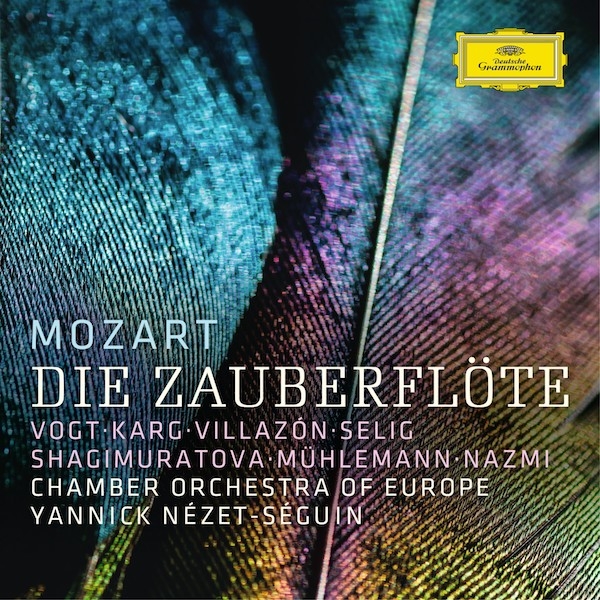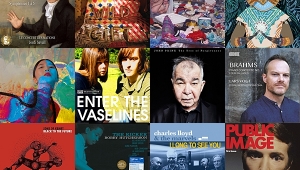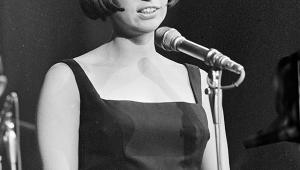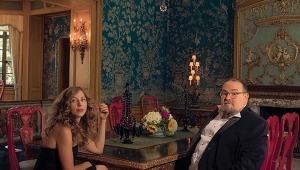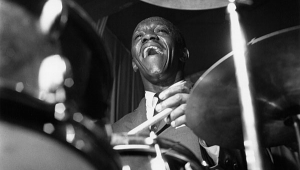| Columns Retired Columns & Blogs |
...the reptile that gets shot with an arrow near the beginning of this opera. I had to lie 'dead' on the stage for the rest of the scene which was highly uncomfortable as the costume was hot and restricted my breathing somewhat.
Neverthless, when the three young sopranos would sing their aria up-stage left of my prone body, they would regularly reduce me to tears.
Just beautiful. Thankyou Wolfgang Amadeus. (I hope I'm thinking of the right opera...)
